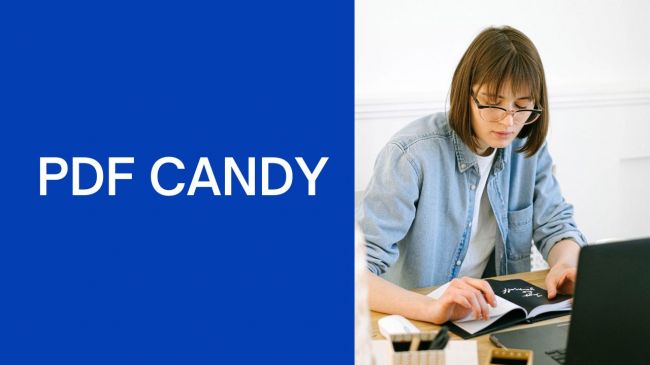Fifty percent of the world’s population will experience mental health issues in their lifetime, according to Harvard Medical School. This is the staggering state of how stress is affecting the entire world, including the working population.
The modern workplace runs on digital tools, but the constant barrage of notifications, emails, and tasks overwhelms employees, straining their mental and physical health. This digital overload erodes focus, fuels stress, and disrupts work-life balance, threatening productivity and well-being.
Thoughtful tech habits, such as limiting screen time and setting digital boundaries, help employees protect their health and stay productive. Recognizing digital overload’s toll on well-being clears the way for practical solutions.
This article examines how managing digital overload can shape healthier, more efficient workplaces.
Understanding Digital Overload’s Impact

Employee well-being covers mental, physical, and emotional health, all vital for workplace success. Low employee well-being costs companies up to $335 million annually in lost productivity.
Digital overload occurs when employees face relentless exposure to notifications, emails, and digital tasks, eroding their focus and health.
This overload increases anxiety and weakens sleep quality, with 74 percent of employees reporting negative mental health, per a 2024 Forbes survey. In remote and hybrid workplaces, where boundaries are blurred, unchecked digital demands heighten the risks of burnout.
Intentional tech habits offer a practical way to counter these challenges.
Defining Healthy Tech Habits
Healthy tech habits include practices like limiting screen time, taking digital detox breaks, and maintaining app hygiene by reducing unnecessary notifications. These habits are vital in digital-first workplaces, where employees navigate multiple platforms daily.
For example, setting phone limits after work hours helps employees unplug, while clearing unused apps cuts digital clutter.
Digital surveillance at the workplace, reported by 43 percent of employees, also contributes to stress, making it an unhealthy option. 36 percent of employees view it as intrusive and discomforting.
Tech wellness training is one way employers can work towards healthy tech habits. These practices create space for rest and productivity, helping workers thrive.
Health Risks of Digital Overload
Relentless digital exposure fuels workplace burnout and undermines employee health. A 2023 Harvard Business Review study found that 58 percent of employees report burnout and stress symptoms to be completely overwhelming.
Constant notifications and multitasking disrupt mental clarity, raise anxiety, and harm sleep.
Healthy habits, like scheduled screen breaks or muting non-essential alerts, help employees regain control, reducing stress and boosting morale. By addressing digital overload, companies create healthier, more engaged teams.
Workplace Risks of Unchecked Digital Habits
Unchecked digital habits can lead to compulsive behaviors, impacting employee well-being and workplace performance. Digital platforms and recreational apps have built-in addictive features, which are leading to digital overload.
Legal cases like the ongoing video game addiction lawsuit highlight how addictive digital features, like reward systems, contribute to overuse, particularly among younger individuals. Many digital tools at the workplace use gamification, which leads to similar addictive patterns. Firms like TruLaw are closely following and reporting on these developments.
TruLaw points out that addictive mechanics, such as microtransactions and reward loops, can lead to mental health issues. This includes anxiety and depression, impacting workplace focus and productivity.
Addressing these challenges strengthens workplace well-being and reduces potential harm.
Productivity Benefits of Managed Tech Habits
Structured tech habits sharpen focus and reduce the fatigue of digital multitasking. Companies increasingly turn to tech-driven wellness solutions.
Blocking notifications during focused work boosts output, as employees get distracted less frequently and are then able to get in the ‘flow’ state of work.
Mindful tool usage, like checking email at set times, cuts distractions, while calendar management balances workloads. In fact, if there is pressure to check email after work hours, it may lead to decreased productivity.
Using apps to prioritize high-impact tasks keeps employees on track, creating a cycle of efficiency and reduced stress that benefits both individuals and teams.
In a similar direction, many small and medium businesses (SMBs) are now using digital catalogs and e-commerce-ready platforms to streamline operations without overwhelming their teams. This transition to digital-first selling has shown measurable improvements in engagement, efficiency, and even mental clarity for sales and support teams. A great example of this trend is covered in the article :How Digital Catalogs Enhance Small and Medium Business Growth, which explains how SMBs are managing digital complexity through smart tool selection.
Building a Culture of Digital Wellness
Employers shape digital wellness by offering training on screen-time management or apps for scheduling breaks. 64 percent of employers report increased investment in employee health programs by 2024, with 91 percent of investments in employee mental health.
Time-off apps that promote disconnection, paired with pressure-free performance tracking, create balanced systems. Leaders' modeling behaviors, like avoiding late-night emails, are small changes that can help with employee well-being. Workshops on digital hygiene or wellness stipends for mindfulness apps reinforce these priorities.
Embedding digital wellness in company culture helps employees navigate digital demands with confidence.
Leaders should craft data-driven policies that empower workers without overwhelming them. By prioritizing healthy tech habits, companies build resilient, engaged teams ready to excel. Businesses must rethink digital engagement, placing employee health at the heart of workplace strategies.
Post Comment
Be the first to post comment!




